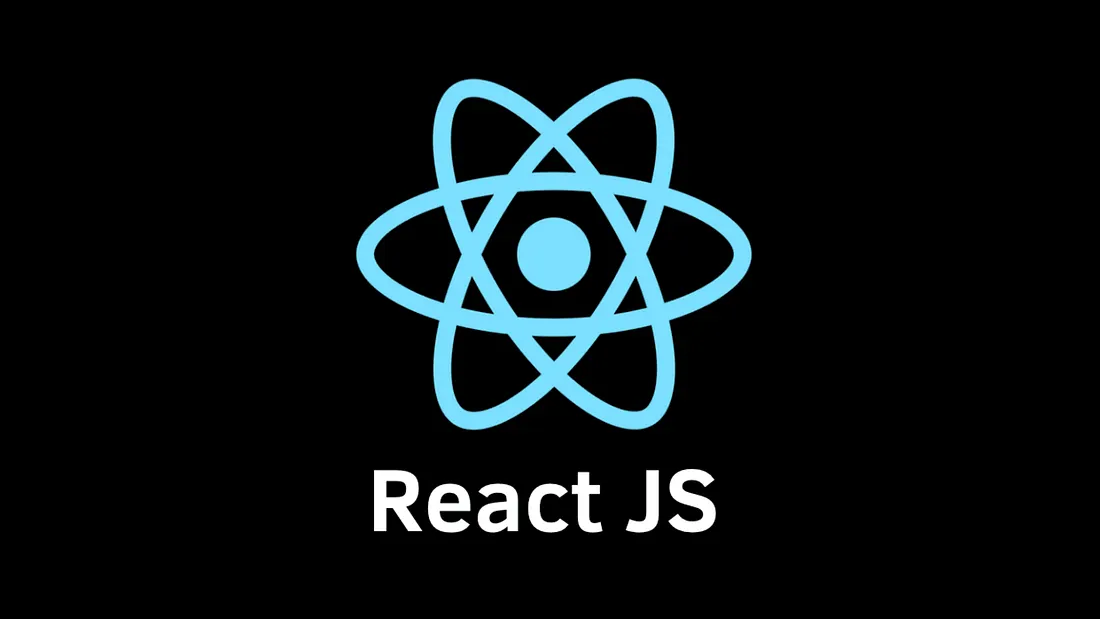Date: August 1, 2024
Introduction
React hooks were introduced in React 16.8. They allow you to use state and other React features without writing a class. This guide will provide an in-depth look at React hooks, how to use them, and best practices.
Basic Hooks
useState
The useState hook allows you to add state to functional components. Here’s a simple example:
const [count, setCount] = useState(0);This creates a state variable count and a function setCount to update it.
useEffect
The useEffect hook lets you perform side effects in your components. It's similar to lifecycle methods in class components:
useEffect(() => {
// Your code here
}, []);The second argument is an array of dependencies. The effect will run whenever a dependency changes.
useContext
The useContext hook allows you to use the context API in functional components:
const value = useContext(MyContext);This lets you subscribe to context changes.
Advanced Hooks
useReducer
The useReducer hook is usually preferable to useState when you have complex state logic:
const [state, dispatch] = useReducer(reducer, initialState);The reducer function contains your custom state logic and the initialState can be a simple value or an object.
useCallback
The useCallback hook returns a memoized callback:
const memoizedCallback = useCallback(() => {
doSomething(a, b);
}, [a, b]);This is useful when passing callbacks to optimized child components that rely on reference equality to prevent unnecessary renders.
useMemo
The useMemo hook returns a memoized value:
const memoizedValue = useMemo(() => computeExpensiveValue(a, b), [a, b]);This is useful for optimizing performance by memoizing expensive calculations.
Conclusion
React hooks are powerful and make it easier to write functional components. By using hooks, you can manage state, perform side effects, and create context-driven components without writing classes. Understanding and using hooks effectively will help you write cleaner, more efficient React code.






